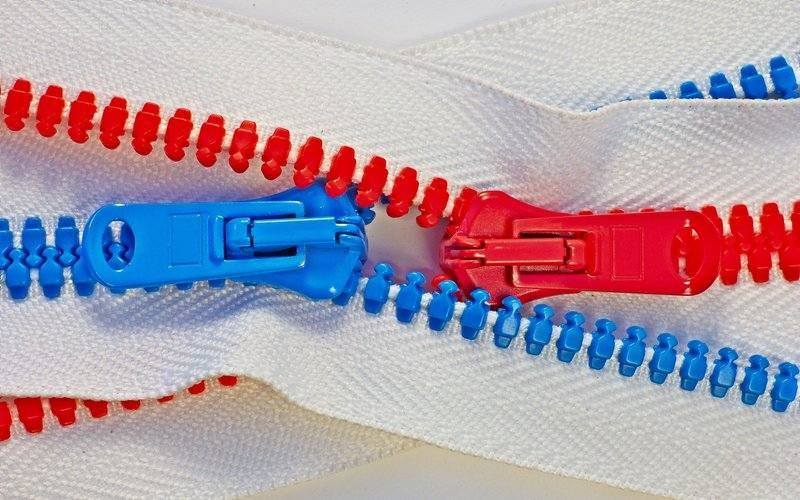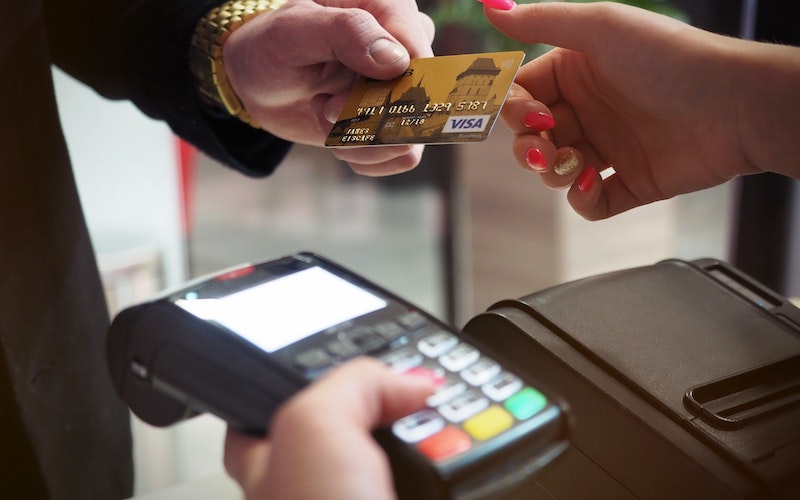This is according to the Australian Bureau of Statistics’ (ABS) monthly retail trade data (seasonally adjusted) and marks the third month in a row in 2019 that retail figures have risen.
January saw a modest rise of 0.1% following a 0.4% fall in December, before February’s 0.9% rise smashed industry expectations.
ABS Director of Quarterly Economy Wide Surveys Ben Faulkner said strength in food prices contributed to rises, especially in supermarkets and grocery stores.
“Cafes, restaurants and takeaway food services (1.4%) and Food retailing (0.4%) led the rises,” Mr Faulkner said.
“Clothing, footwear and personal accessory retailing (1.2%) and Household goods retailing (0.2%) also rose.
“The rises were partially offset by falls in Department stores (-1.5%) and Other retailing (-0.4%)”.
The modest 0.3% rise is about what was expected – the industry consensus was a rise of 0.2%.
ANZ said in a report:
“We expect 0.2% increase in nominal terms in the month (market: 0.2%) and a 0.7% increase in the quarter in real terms (market: 0.3%).
Trade data, also at 11:30am, are expected to show a smaller surplus in March than the $4.8bn recorded February: we expect $4bn (market $4.5bn). “
While Westpac said:
“Retail sales were stronger than expected in Feb, up 0.8% (month), 3.2% (year). A more modest rise seems likely in March, with the median forecast 0.2% (for the month).
Australia’s trade surplus in February was a record high A$4.8bn, capping a steep improvement since late 2017. A pullback from such heights seems very likely, with consensus A$4.5bn.”
State-wise, there were rises in retail turnover in:
- Victoria (0.7%)
- Northern Territory (0.7%)
- Queensland (0.6%)
- Tasmania (0.4%)
- New South Wales (0.2%)
- South Australia (0.1%)
The Australian Capital Territory was relatively unchanged (0.0 per cent) and Western Australia (-0.7 per cent) was the only state to experience a monthly decline.
Quarterly retail spending down
On a quarterly basis, retail figures for the March quarter fell by 0.1%, which follows an unchanged December 2018 quarter.
This is indicative of a weaker Australian economy, as lower consumer spending means more money sitting unused in bank accounts and hints at lower consumer confidence too.
Australia retail turnover contracted -0.1% on a quarterly basis seasonally adjusted. It is the lowest since 2015 & so another evidence of weakness in the Australian economy & how consumption is affected 👇🏻 pic.twitter.com/z6wHyzDMmI
— Trinh Nguyen (@Trinhnomics) May 7, 2019
Seasonally adjusted data for households good retailing fell by 0.6% in the March quarter, while department store spending is lower by 1.2%.
Meanwhile, cafes restaurants and takeaway food services are up (1.0%), as are food retailing (0.1%) and clothing and footwear (0.3%).
For just the 8th time since March 1983 the trend volume of retail turnover fell.
— Greg Jericho (@GrogsGamut) May 7, 2019
But yeah, the fundamentals of the economy are strong
Westpac’s senior economist Matthew Hassan said this data is materially weaker than expected, as the quarterly data is the key takeaway.
“The wash up for the quarter as a whole showed all of these gains in nominal sales are due to higher prices with sales volumes declining,” he said.
“The 0.1% contraction in real retail sales in Q1 was against consensus expectations of a 0.3% gain and is comparable to the flat result in Q4.
“Overall the March quarter update points to downside risks to the March quarter GDP with the headwinds apparent in the second half of last year clearly carrying into 2019.”
Retail volumes growth per capita has turned negative, suggests the wealth effect (and income effect via weak wages growth) is impacting households, doesn't bode well for economic growth in Q1 #RBA #ausbiz pic.twitter.com/3J10gK4gr5
— Alex Joiner (@IFM_Economist) May 7, 2019
With the Reserve Bank at 50/50 odds of dropping the cash rate for the first time in nearly three years today, this data could play a key role in its decision.



 Harrison Astbury
Harrison Astbury
 Harry O'Sullivan
Harry O'Sullivan

 Aaron Bell
Aaron Bell


